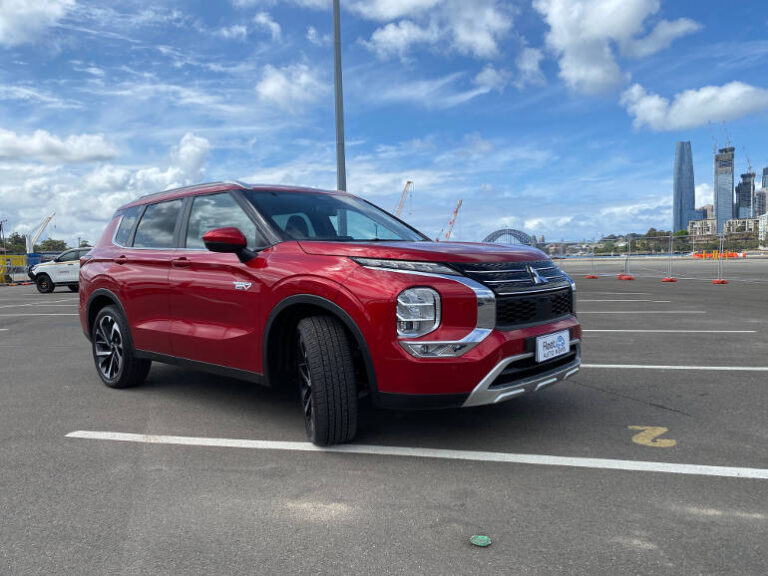Australian government wants feedback before mandating Acoustic Vehicle Alerting System in EVs already required in Europe
The Australian government is preparing to mandate a feature that allows hybrids and electric vehicles to generate more sound at low speeds when coasting in near-silence, thereby making them safer for pedestrians who have low vision.
It’s hard for pedestrians to hear hybrids and EVs at low speeds when tyre and wind noise is reduced, increasing the risk of a collision in general. This is obviously exacerbated for pedestrians who are blind or have poor vision, as they often rely on sound to negotiate the road network independently.
Indeed, European studies have shown that EVs pose a 30% higher risk to pedestrians than cars with internal combustion engines vehicles on streets with a high level of ambient noise
Already required in many countries, an Acoustic Vehicle Alerting System (AVAS) makes sounds with loudspeakers or actuators through the vibration of the vehicle’s structural elements, proportional to vehicle speed and acceleration.
The extant government National Road Safety Action Plan 2023-25 outlines plans to legislate a new Australian Design Rule (ADR) requiring the fitment of an AVAS from mid-2023 in new light vehicles.
More specifically the government is working towards adopting UN R138/01, which requires an AVAS make a continuous noise of at least 56 decibels when travelling under 20 km/h or in reverse, but not exceed 75dB – the sound level of an average internal combustion car.
Given the timeline in place there should soon be a set of targets for car-makers in Australia to meet – subject to outcomes from the Regulatory Impact Statement (RIS).
If legislated, all light electric vehicles (vehicle categories MA, MB, MC and NA) will have to include an AVAS to meet ADR requirements and be sold here. Given AVAS is required in many other markets, a number of hybrids and EVs sold in Australia already have such a feature installed.
This plan was reiterated in the Albanese-led government’s more recently published National Electric Vehicle Strategy, which seeks to increase EV supply and introduce a consistent set of standards to regulate them.
Vision Australia, a not-for-profit organisation and Australia’s largest provider of services for people with blindness and low vision, supports the introduction of a policy that aligns Australia with many other countries, and is crowd-sourcing statements as part of the RIS.
“I can tell you, there have been times that I’ve been driving at low speeds in the car park where the person in front of me couldn’t hear my car coming,” says the organisation’s Sally Montalto, who drives a hybrid.
“I don’t want to sound my car horn and scare them, but at the same time I don’t want to accidentally hit them, because they don’t know I’m there. Do you see the problem?”
The Australian government still wants feedback including any concerns on “functional and performance and test requirements, applicable vehicle categories, implementation timeframes, alternative standards and any other relevant views or information that could assist in decision-making”.
You can make your own submission to the Department of Infrastructure before the May 26 cutoff.
HAVE YOUR SAY LINK: https://www.infrastructure.gov.au/have-your-say/acoustic-vehicle-alerting-systems-electric-vehicles
Or you can click here to visit the Vision Australia website to find out more information.






